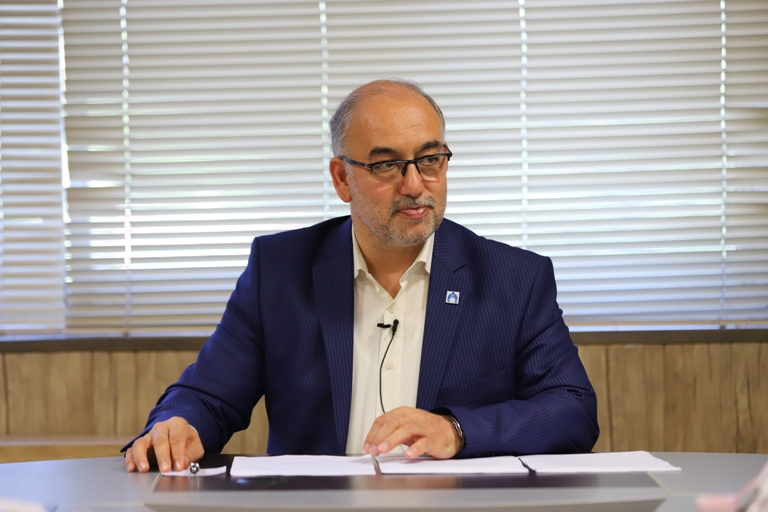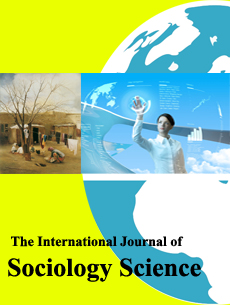Investigating the Relationship between Religious and Social Capital among Students of Golestan University
Keywords:
Religion, , social capital, social trust, , social participation, studentsAbstract
Today, Iranian youth on the one hand are influenced by the religious culture of their society, a culture that is respected by the families of local communities, and on the other hand is influenced by educational institutions, mass media (domestic and foreign) and the modern world structure. An examination of changes in the degree of religiosity can show us the success and shortcomings of programs implemented in the field of religious issues. And it strengthened social unity. " The subject of this study is to explain the changes of social capital caused by religiosity among students and its purpose to identify the relationship between religiosity and its dimensions and social capital. The research method was screened and the statistical population includes all students of Golestan University in 2013 with 3219 people, specified by the sample size using Cochran formula of 360 persons and samples by random -based random sampling based on gender and faculty according to the selection And they were studied. The assessment tool for evaluating social capital has been a researcher-made questionnaire and has been a standardized Glake and Starc questionnaire. The findings of the study showed that the intensity of religiosity from the belief dimension to the ritual dimension declines. Comparing the dimensions of religiosity shows that the belief dimension has the highest average and the ritual dimension has the lowest average. The mean of general religiosity indicates that students' religiosity is in good condition (3.645), exceeding the hypothetical average (3). The findings also showed that total social capital is less than the expected average (2.53). Comparing the dimensions of social capital indicates that formal partnership, institutional trust, social trust and inter -personal trust are "low"; And social interactions and informal participation are "average". The results also showed that there was a significant relationship between religiosity and social capital. There was also a significant relationship between the dimensions of religiosity and the dimensions of social capital. A more accurate study showed that religiosity has a significant relationship with institutional confidence, informal participation, social interactions, and interpersonal trust, while not significantly related to social trust and formal participation. Comparing the results of this study with the results of others shows the results compatible with the results of the major research in this field (Jabrian 2006, Rabbani and Ganji 2008, Khalili 2011, Shirvani et al., 2011, Qasemi and Amiri Asfarjani 2011).




